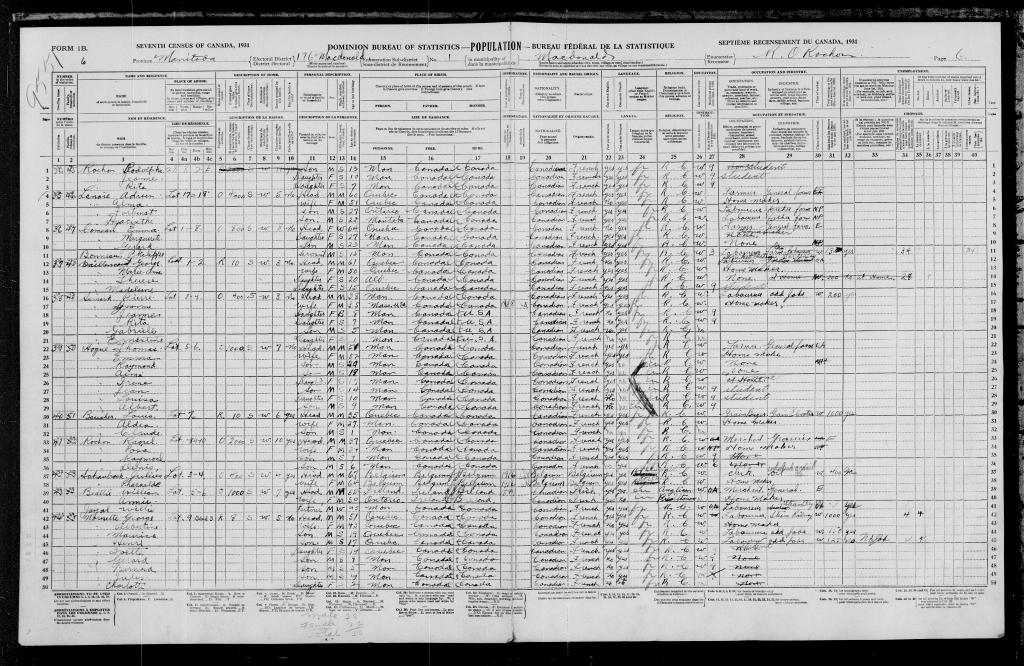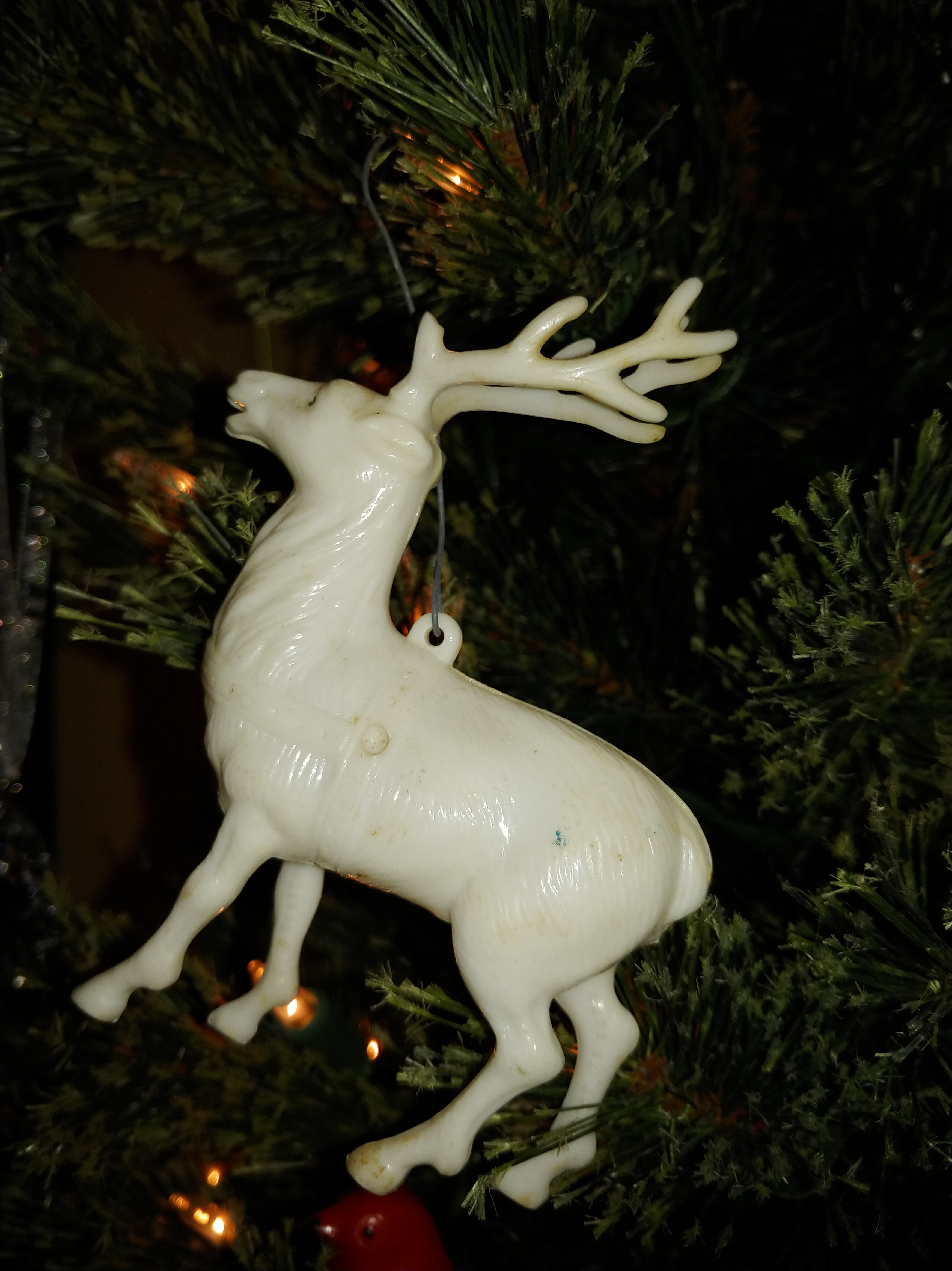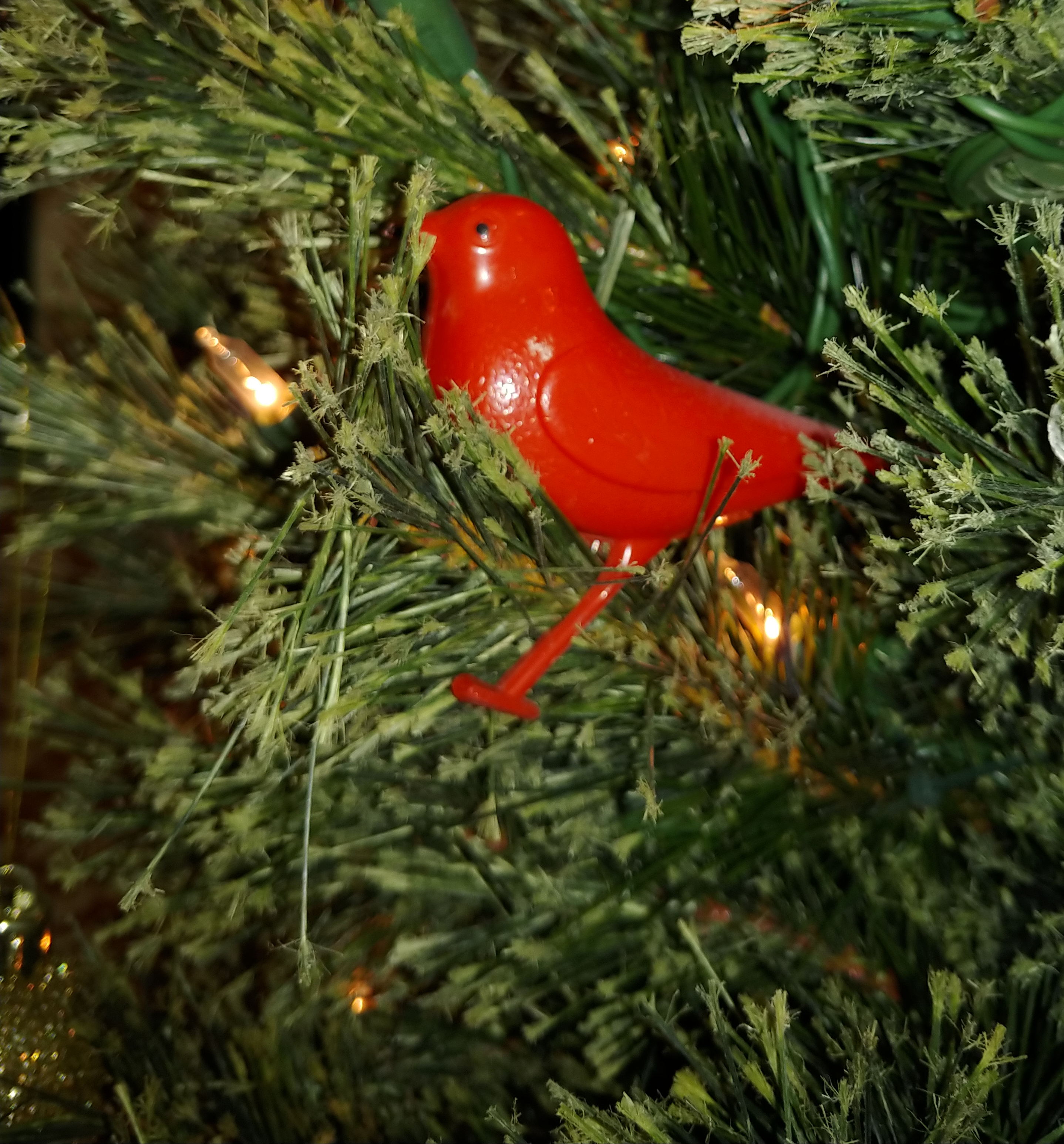
Memories from Christmas 1979!
June 1st was an exciting day for genealogists since it was the release day of the 1931 Census by Library and Archives Canada. Canadian law doesn’t release the personal information from any census until 92 years have passed. Since the last federal census was 1921, and there was a 1926 Census of the Prairie Provinces, this latest release was anxiously anticipated.
Early on the morning of the 1st I was disappointed to find the the census was NOT available. About an hour later it appeared on Library and Archives Canada. Now we all knew that this census was digitized but not yet indexed, which means you had to browse through the images. I had done my prep work and made a list of those people I wanted to find first, and where I thought they were living in 1931. Since most of my relatives were in western Canada, I made note of the district names and sub-district numbers from the 1926 Census.
I immediately found my Dad’s family Thomas Hogue and Emma Girardin in La Salle, Manitoba. All the family were listed, except for my Dad and his brother Joe. I wasn’t surprised as both of them would have been working for Canadian National Railway. They could have been anywhere in western Canada welding tracks.
But there was a wonderful surprise for me. On the same census page for La Salle, I found my Mom, Madeleine Vaillancourt, with her Mother, Father and one sister. I was never sure when the family had moved from Regina to La Salle.

And then the day went downhill. Did I mention how excited the genealogical community was to finally have access to this census? So much so that the Library and Archives Canada site started producing “can not load file” messages. Eventually it shut down completely.
Word quickly spread, thanks to researcher Ken McKinlay, that the database was available for free on Ancestry. Eventually, using the Ancestry site, I found my husband’s paternal and maternal grandparents and two of my Mom’s siblings.
Indexing may be finished by this fall and then we will be able to name search the records. Until then I will try and constrain myself from continuing to browse pages in the hope that I may find someone.
On the plus side, after having browsed 21 sub-districts I am delighted to say that all of them were clear copies with legible handwriting!
BTW the Library and Archives site is up and running again.
Recently my eldest son, while driving and listening to CBC Radio, heard an interview with an author. This author had written a book about a young woman in New France in the 1660’s who was believed to be “possessed”. Knowing my interest in Quebec history, he alerted me to the book which was The Possession of Barbe Hallay: Diabolical Arts and Daily Life in Early Canada by Mairi Cowan.
The name Hallay immediately caught my attention. A quick check of my genealogy database showed I have an ancestor Marie Halay, whom I blogged about here. I bought the book at my local independent book store. Sure enough, this Barbe is the younger sister of my direct ancestor Marie Hallay (sometimes spelt Halay or Halle).
The book, besides being an intriguing investigation of Barbe Hallay’s possession, is an extensive look at the circumstances in which our French-Canadian ancestors lived in the 1660’s. Cowan describes her research and writing as microhistory. From page 9 of this book she explains:
“Most conspicuously, microhistories focus on a single object with great attention to detail and a close reading of sources. They combine the small scale with larger ones, both through insisting on the importance of wider historical context when interpreting evidence, and by asking questions with broad historical and contemporary resonance.“
This is a very worthwhile read, even more so if you have a direct connection to this family. The parents were Jean Baptiste Hallay and Mathurine Valet. They had 4 children:
Marie who married Joachim Girard
Barbe who married Jean Carrier
Elisabeth who married Guillaume Albert
Jean Baptiste who married firstly Marie Marguerite Maranda, and secondly Marie Drapeau.
You can listen to the CBC interview here.

I’ve posted this picture of an old Christmas decoration before. It’s from a “Christmas with Santa Breakfast” I attended as a child at the Bay department store in downtown Winnipeg.
It seems particularly suitable this year in an ironic way… it’s broken, the lettering is faded, the store doesn’t exist anymore, and I’ll only be having breakfast with my husband due to the rapid increase of covid cases here in Manitoba this week.
Sigh.
Still, the decoration reminds me of happy times, and the fact that we have lots to be grateful for.
Merry Christmas to my readers. Wishing you all a happy, healthy new year.
Continuing my research on family connections to Rooster Town…
When Pierre Hogue, aka Peter Hogg, lived in Rooster Town, two of his sisters lived there also.
One of them was his sister Julia, born in Baie St. Paul November 18, 1875. On January 19, 1897 at St. Boniface, she married Charles Logan. Turns out that not only is Julia my first cousin twice removed, but Charles was my second cousin twice removed through my Dease line! Charles was the grandson of Thomas Logan and Mary Anne Dease, and the great grandson of Robert Logan and his native wife.
Following them in the census records we learn that in1901 Julia and Charles Logan were living with his parents, John Logan and Marie Dupuis, in Rooster Town, having already buried their first two children. Charles is listed as a labourer.
By 1906 they have two daughters and are living on Rosser (now Warsaw Avenue).
In 1911 they have four daughters and are living on Corydon Avenue. Charles is listed as a labourer for the City Street Department.
On December 16, 1915 Charles Logan enlisted in the Canadian Expeditionary Force. He gave his date of birth as June 17, 1874 at St. Norbert ( it was actually June 20, 1876). He gives Julia as his wife, his address as 526 McMillan, and his occupation as a cook. He lists five daughters on his form. Vital statistics records show that he and Julia had already buried a one-day-old son.
Then tragedy struck. Julia died on February 8, 1916 in Stonewall, Manitoba. I don’t know the cause and haven’t uncovered an obituary. Perhaps she died in childbirth. What is certain is that the family no longer lives in Rooster Town.
In the 1916 census in June, Charles was enumerated as being widowed and in the military at Camp Hughes, while his 5 daughters lived with Charles’s father in Stonewall. His military career was not a good one. The CEF Personnel File for Private Charles Logan, Regimental #721290, indicates that he was AWOL a few times in 1916, and declared a deserter in September of that year. Possibly the death of Julia may have been the reason for his being AWOL. His life certainly took a few strange turns at this point.
On April 16, 1917 he made a Naturalization Declaration to become a United States citizen, claiming he had entered the USA at Pembina on July 10, 1916, and lived in Walhalla, North Dakota.
On May 26, 1917 one of his daughters died of tuberculosis in Walhalla.
On September 17, 1917, Charles Logan again enlisted in the CEF! He gave his date of birth as June 17, 1877. His address is Stonewall, his wife is Albina Logan and he had 3 daughters and one son. Between June 1916 and September 1917, a second daughter had passed away, and a son was born.
On the 22nd of September, 1917 Charles married Albina Logan, daughter of Joseph Logan and Mary Furlong.
Private Charles Logan Regimental #2320418 was in England from October 17, 1917 to December 24, 1918. His military service record indicates he spent a lot of that time in hospital.
While he was away, Albina gave birth to a daughter on January 16, 1918. This daughter was raised by Albina’s parents. In his obituary Charles did not acknowledge this daughter, although Albina and Charles’s other children did.
I haven’t been able to find the family in the 1921 Census, but Charles and Albina had a son born in 1920 in Narcisse, a town in the interlake, north of Stonewall. Two more daughters and one son would complete the family.
In the 1926 Census they are in still in Narcisse, but by 1935 they are living on Campbell Street in River Heights.
Charles Logan died on July 8, 1951. Albina died December 14, 1961.


One of Charles and Albina’s sons, Robert Joseph Logan, was with the Royal Winnipeg Rifles and died shortly after the Normandy invasion in June of 1944. He is buried in France.
Albina also had a brother, Charles Logan, born in 1894. He also enlisted in the Canadian Expeditionary Force during the First World War, but was found to be “mentally deficient”. He never married and died in 1970, having outlived all his siblings.
I haven’t yet determined exactly how Albina’s father Joseph Logan fits into the Logan family.
More stories to come!
In the wake of the rediscovery of the graves of Indigenous students at the sites of various former residential schools, there has been discussion about whether this year’s Canada Day should be celebrated or not. In prepandemic times, the 1st of July would be a holiday, a day of festivals, fireworks, barbecues, drinks on a patio.
But what do we celebrate when we choose to celebrate Canada Day? Is it the sanitized version of history we were likely taught in school? Heroes (overwhelming white and male)? Is it the mistaken belief that somehow we are less racist that other countries? More peaceful, more inclusive?
Although I knew about residential schools, it is only recently that I have started reading the report of The Truth and Reconciliation Commission. Learning the background and history behind the establishment of schools that took Indigenous student away from their families, their homes, their language and their culture.
I have heard and read people who say that the schools were a “good” thing. That the nuns, priests, teachers were well-meaning. That they did what they thought was best. That the children were “better off” in the schools. All of these comments miss their mark.
What those people neglect to remember is this: the stated purpose of establishing the schools in the first place was to “assimilate” the Indigenous people who stood in the way of expanding settlement. The church-run schools had a mission to turn the students into Christians and the government wanted to make way for more white settlers. Colonialism defined.
But let’s call assimilation in this case by its real name…cultural genocide.
Let that sink in.
On this website I found the following quotes from the architects of the residential school system:
“When the school is on the reserve, the child lives with its parents, who are savages, and though he may learn to read and write, his habits and training mode of thought are Indian. He is simply a savage who can read and write. It has been strongly impressed upon myself, as head of the Department, that Indian children should be withdrawn as much as possible from the parental influence, and the only way to do that would be to put them in central training industrial schools where they will acquire the habits and modes of thought of white men.” John A. Macdonald, 1879
I have not hesitated to tell this House, again and again, that we could not always hope to maintain peace with the Indians; that the savage was still a savage, and that until he ceased to be savage, we were always in danger of a collision, in danger of war, in danger of an outbreak. John A. Macdonald, 1885
“I want to get rid of the Indian problem…..Our objective is to continue until there is not an Indian that has not been absorbed into the body politic, and there is no Indian question, and no Indian Department.” Duncan Campbell Scott, Deputy Superintendent General of Indian Affairs 1920
The schools were not successful in eliminating Indigenous people, but had long-lasting inter-generational effects that are well-documented. We see these effects everyday among our poor families, our struggling students, our homeless and our jailed population.
But I am not presuming to, nor capable of, examining the history and effects of residential schools in this post. There is plenty of information out there for anyone with the courage to explore.
No, I am trying to decide how to approach this Canada Day. When I deliberately called my blog As Canadian As Can Be, I did so because of all the threads in my genealogical tapestry. My ancestors include:
Indigenous women like Margaret Taylor, Genevieve “Jenny” Beignoit, Josephte Belisle.
Métis from the Red River Settlement like Thomas Hogue Senior and William McMillan .
French settlers like Olivier Tardiff, Jean Baptiste Bernardin, and Abraham Martin.
A Scottish fur-trader James McMillan, an Irish physician Dr. John Dease who became an United Empire Loyalist and an English sloopmaster with the Hudson Bay Company George Taylor.
My interest in genealogy started with finding out that Margaret Taylor was my great-great-great grandmother. I am proud to be Métis . I am proud to acknowledge all my ancestors, warts and all.
But my heart aches for the damage done by residential schools.
No country is perfect. So I think this Canada Day I won’t be celebrating some fantasy country that doesn’t exist.
But I will be grateful that I have the privilege to live in a country where most citizens are, I hope, willing to acknowledge the wrongs of the colonial past and pursue more quickly the recommendations of the Truth and Reconciliation Commission.
Every journey starts with a first step.
We’re fortunate to still have a few tree decorations from my childhood. Slightly worn, but still they hold the power of memory.

White plastic reindeer. I have two.

A red Cardinal, also plastic, but with only 1 leg now. Must be carefully placed on a branch!

A single, simple blue bell. Quite the worse for wear, with less shine and colour every year.

I got this china bell when Mom and I went to Breakfast with Santa at the Bay. Probably around 1956 or so. Some of the lettering has worn off. It used to say “Your Christmas Wishing Bell from the Bay”, now it is just a “Bel”. Obvious nick in the china, the circumstances of which I’ve forgotten, but I’m going to blame it on my brother!
Wishing all readers a very joyous Christmas!